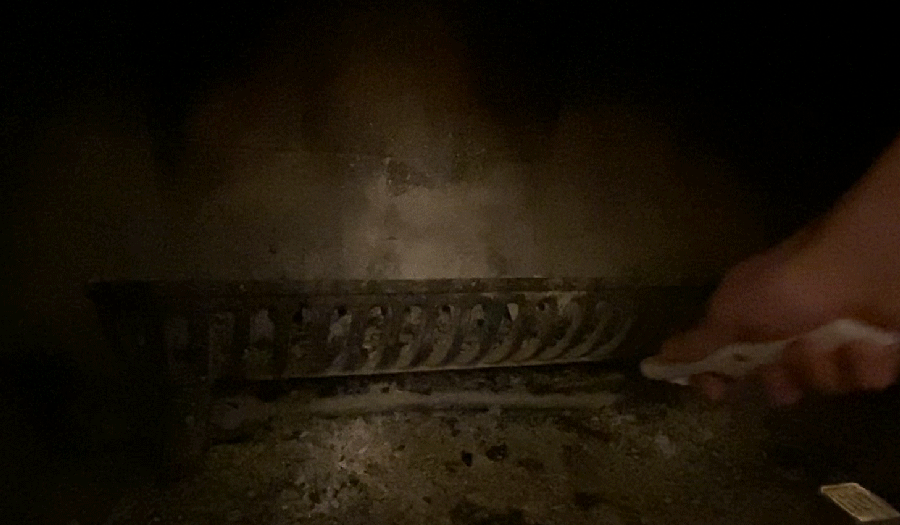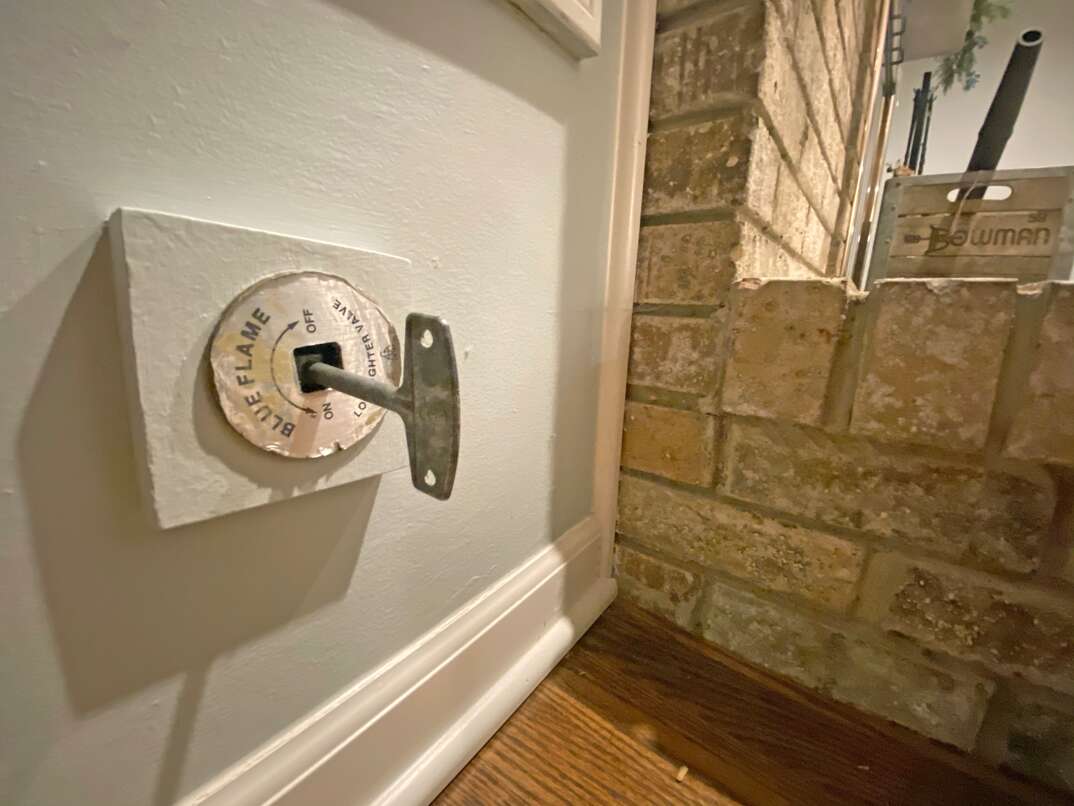How to Light a Gas Fireplace: A Step-by-Step Guide

Few things have the ability to make your home more warm and inviting than a fireplace on a cold winter’s night. Traditional wood-burning fireplaces require the homeowner to gather logs and kindling, but a propane or natural gas fireplace uses your home's existing fuel supply for instant, nearly effortless ignition. But, while lighting a gas fireplace is a simple task for any homeowner, it’s also one you’ll want to make sure you’re doing safely and correctly.
This May Also Interest You: Ventless Gas Fireplaces: Pros and Cons You Should Take to ‘Hearth’ Before Installing One
Some gas fireplaces are lit by a wall switch, while others require a control panel or a fireplace key. For specific instructions, refer to your fireplace’s operating manual. In most cases, you’ll have to light your fireplace pilot light just once a year.
Read on for our step-by-step guide on how to light a gas fireplace.
Steps for Preparation
Make sure you're familiar with the unit. Find the control panel, which is usually at the base of the fireplace, behind the fireplace screen. Some systems require you to open the base with a fireplace key. If yours requires this step, use a long lighter or match; if your fireplace doesn’t have a key, it’ll probably have a control panel with a switch.
If your fireplace has a cover and requires a key, follow these four steps:
- Completely remove the cover; set it aside so you can access the burner.
- If the pilot knob on the control panel is not in the “off” position, turn it to off.
- Make sure you wait about 5 minutes to clear out any lingering or excess gas.
- Always open the chimney vent before starting a fire, no matter if it’s a wood or gas fireplace.
Fireplaces With Control Panels
Control panels usually have a red igniter pilot knob along with a control dial. The knob will have two options — “off” and “pilot,” and some might also have an “on” position. Follow these five steps:
- Your first step is to turn the knob from “off” to “pilot” and then push it in; this manually sends gas into the system.
- Next, push the igniter button until it lights; you should push once a second. Ignition may take several pushes, especially if it’s been a while since it was last lit.
- Once the pilot is lit, hold down the pilot button for 15 to 30 seconds; this will warm up the thermocouple, which will ensure the flame stays lit. How long you must hold down the pilot button depends on your unit.
- Release the pilot knob, and rotate it to “on” if it stays lit; then adjust the flame to a desired position. You can do this with a high/low switch, if your control panel has one.
- Put the cover or screen back over the control panel. Check and see if the emergency gas valve is open; if it isn't, use the knob on the control panel to open it.
Lighting a Fireplace With a Key
On some types of fireplaces, a round, decorative slot is used to control the gas valve, and it's usually located near the fireplace; sometimes, it’s right on the floor. The gas flow is controlled with a fireplace key — sometimes known as the hex key — as the fireplace is lit. Follow these three steps:
- You’ll either need a long lighter or match for this next step. Place it next to the burner, then pull the fuel trigger.
- To open the gas valve, turn the key. You may hear a slight hissing as the gas enters the burner, and the pilot light should light immediately.
- Replace the key cover, and use the key controls to adjust the height of the flame. Be sure to keep the key near the fireplace or in handy place with any of your other fireplace accessories so you don’t lose it.

Using a Wall Switch
An electric wall switch makes starting a fire easy. Several different types of gas fireplaces come with a wall control panel to start the unit and adjust the level of the flame. Follow these steps:
- All you have to do is push the “on” button. Then, the pilot light should ignite.
- If it doesn’t, you might have to use one of the methods above. Check your owner’s manual for specific instructions.
Turning It Off
If you know how to turn your fireplace on, you’re going to also need to know how to turn your fireplace off. A standing pilot light uses a tiny amount of gas even when a fire is not lit. If you know how to turn it off, you could reduce your gas bill. Follow these steps:
- For fireplaces with a control panel, it’s as easy as turning the control knob to off.
- You should close or turn off the emergency gas valve.
- For those with a key valve, just insert the fireplace key into the slot and turn it until the valve closes. This cuts off the gas supply, and the pilot will go out.
Since we’re all home now more than ever, being prepared for unexpected home repairs with a plan from HomeServe is important. Having a plan in place gives you the peace of mind knowing that you can simply call our 24/7 repair hotline for covered breakdowns. See what plans are available in your neighborhood.


